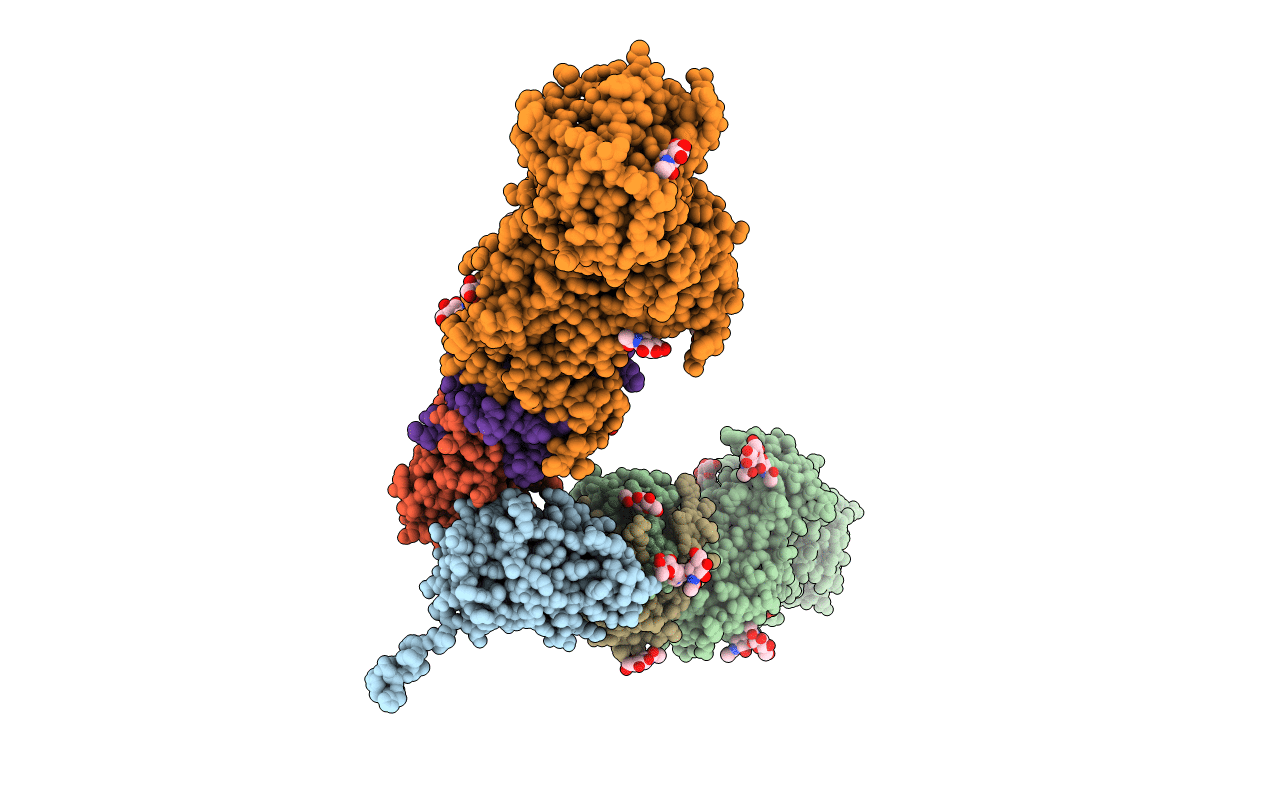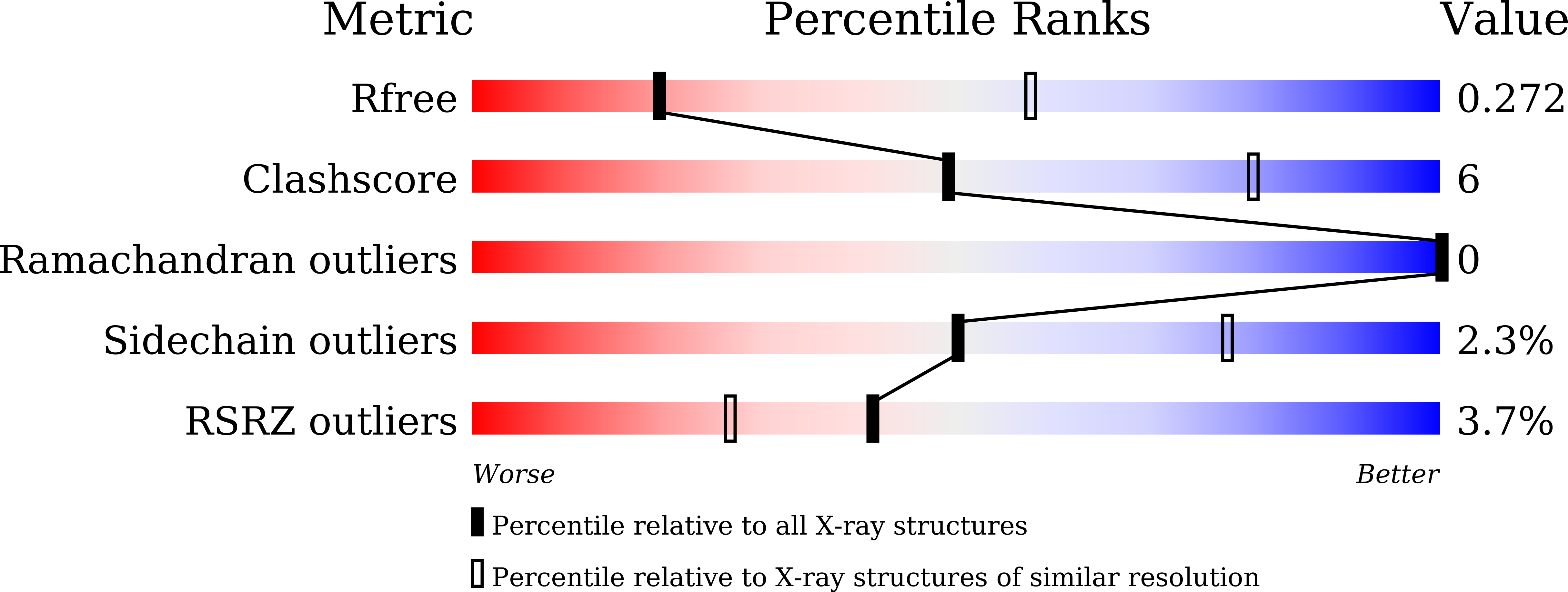
Deposition Date
2020-09-08
Release Date
2020-10-21
Last Version Date
2024-10-30
Entry Detail
PDB ID:
7CZF
Keywords:
Title:
Crystal structure of Kaposi Sarcoma associated herpesvirus (KSHV ) gHgL in complex with the ligand binding domian (LBD) of EphA2
Biological Source:
Source Organism:
Homo sapiens (Taxon ID: 9606)
Human herpesvirus 8 (Taxon ID: 37296)
Human herpesvirus 8 (Taxon ID: 37296)
Host Organism:
Method Details:
Experimental Method:
Resolution:
3.20 Å
R-Value Free:
0.27
R-Value Work:
0.23
R-Value Observed:
0.24
Space Group:
P 21 21 21


